Polyhydroxyalkanoates (PHAs) are a family of bioplastic materials. They are produced by microorganisms intracellularly...
The invention of synthetic polymers dramatically changed the world in which we live. For better and worse, these classes...






Plastics are versatile, affordable, and resilient. These attributes have led to their integration into all aspects of human life. It is estimated that we currently produce around 400 million tons of plastic per year, with less than 10% of it being recycled. The remaining 90% end up in landfills or in the oceans. On their long road to decomposition, petrochemical plastics break down into harmful microplastics making their way into food, air and water. Some estimates suggest that the average person consumes around 50,000 plastic particles per year. Studies have demonstrated that exposure to microplastics can stimulate inflammatory pathways in human cells. Additionally, plastics release a variety of toxic chemicals, many of which have been shown to disrupt endocrine function in both animals and humans.
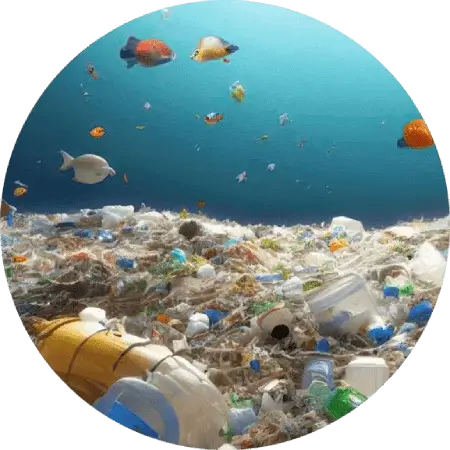

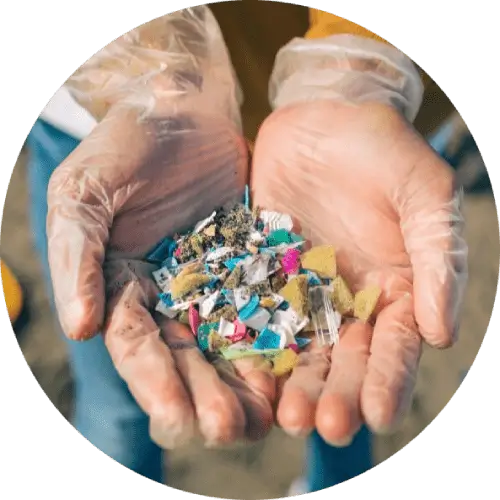
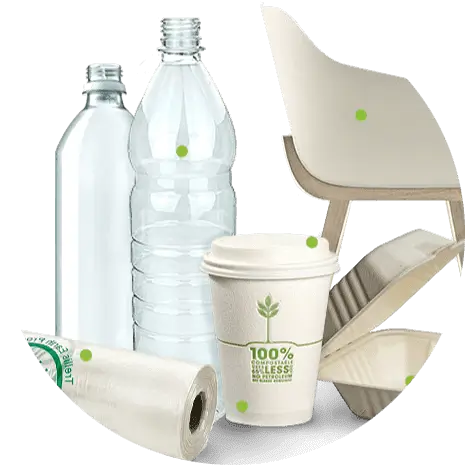
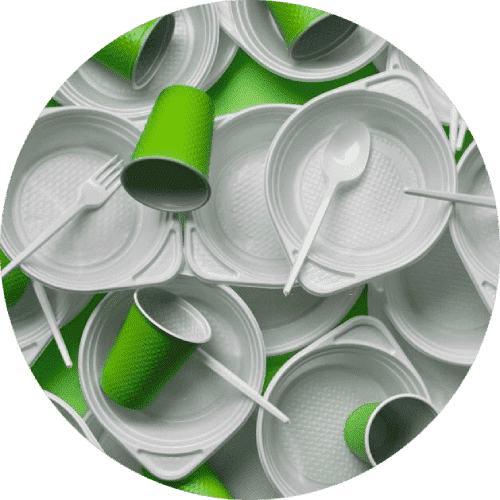


Bioplastics, or plastics derived from renewable biomass sources, are a promising alternative to traditional plastics. Just like petrochemical plastics, bioplastics come in different shapes and forms, many of which are backyard-compostable or compostable at an industrial facility. Some of them are even marine degradable. Bioplastics production and end-of-life management is also generally associated with lower greenhouse gas emissions.
Currently, bioplastics comprise less than 1% of all plastics. Their production remains 2-3X more expensive than that of petrochemical plastics.
Polyhydroxyalkanoate (PHA), synthesized from the fermentation of sugars and lipids derived from bacteria, is among the most promising types of bioplastics. PHA bioplastics can have diverse physical properties, depending on their monomer composition. Products made out of PHA boast a short decomposition time frame and can be home compostable and marine degradable. Despite the high demand for PHA, the key obstacle to its widespread adoption is associated with cost and large-scale production challenges.
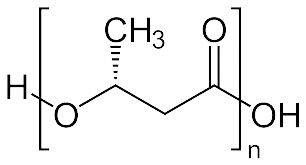



Polyhydroxyalkanoates (PHAs) are aliphatic polyesters that can be synthesized by bacteria, archaebacteria,...
Polyhydroxyalkanoates (PHAs) are a family of bioplastic materials. They are produced by microorganisms intracellularly...
The invention of synthetic polymers dramatically changed the world in which we live. For better and worse, these classes...

We are a team of molecular biologists, geneticists, and bioinformaticians brought together by the desire to solve difficult problems with far-reaching implications.
© 2025 All Rights Reserved. Website by Astrael